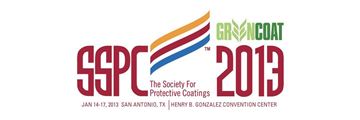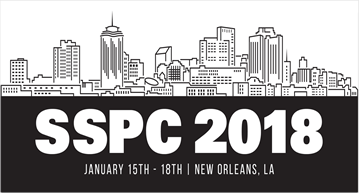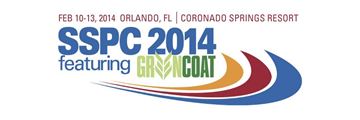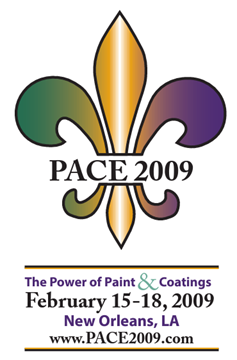Search
Products tagged with 'coating'
View as
Sort by
Display
per page
Practical Coating Thickness Measurement Overview
Product Number:
41213-765-SG
Publication Date:
2013
$20.00
Preparation for SSPC QP 3 Shop Certification
Product Number:
51218-130-SG
Publication Date:
2018
$20.00
Preparation of Concrete for Rapid Coating Application
Product Number:
41214-822-SG
Publication Date:
2014
$20.00
Prevention of Carbon Deposition on the Surface of Stainless Steel Tubes through Ceramic Coating
Product Number:
MPWT19-14301
Publication Date:
2019
$0.00
Properties of Splash Zone and Immersion Coatings
Product Number:
51320-14634-SG
Publication Date:
2020
$20.00
Qualification Testing of Fusion Bonded Epoxy Coatings for Pipeline Exteriors
Product Number:
41206-288-SG
Publication Date:
2006
$20.00
Regulatory Update: Current and Emerging Trends in Occupational and Environmental Health
Product Number:
41212-683-SG
Publication Date:
2012
$20.00
Rehabilitation of an Aging Concrete Reservoir Adit Tower
Product Number:
41209-513-SG
Publication Date:
2009
$20.00
Remediation of Soluble Salts from Steel Bridges During Re-Painting
Product Number:
51219-172-SG
Publication Date:
2019
$20.00
Repainting Bridges During Rehabilitation Projects: Sequencing Options
Product Number:
41206-241-SG
Publication Date:
2006
$20.00












